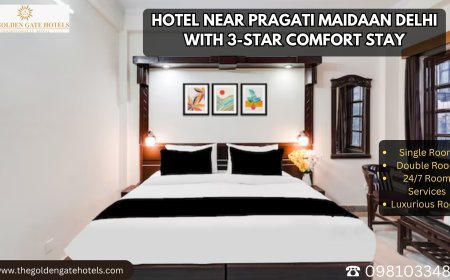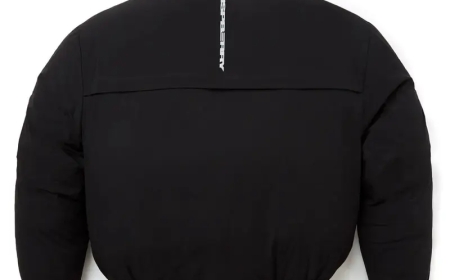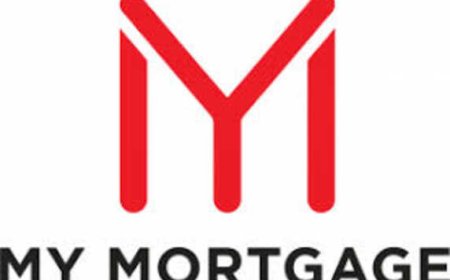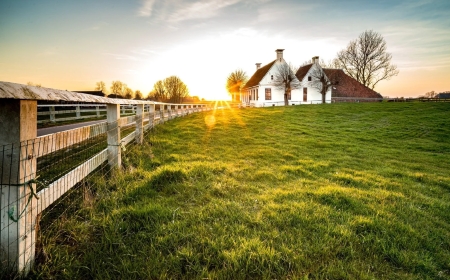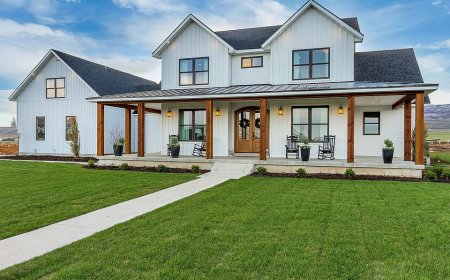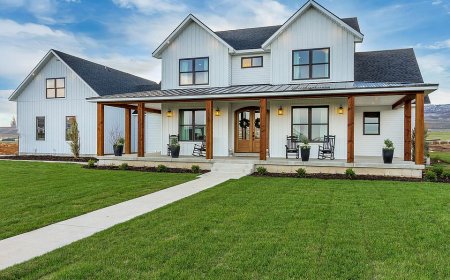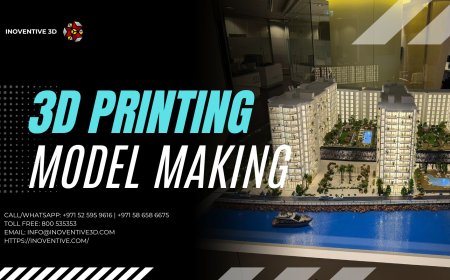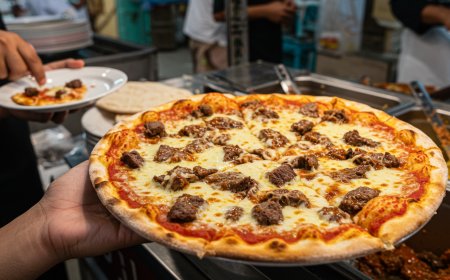Top 5 Factors That Affect Custom Garage Cabinet Costs
Discover the top 5 factors that impact custom garage cabinet costs, from materials and design to labor and upgrades—essential tips for Jackson homeowners planning a smart investment.
Garages are no longer just a place to park your cartheyre an extension of the home. From gear storage to hobby workstations, todays garages are getting the custom treatment, especially in high-end and lifestyle-driven areas like Jackson, WY. One of the most impactful upgrades? Custom garage cabinets.
Custom cabinetry brings order, style, and long-term value to your garage space, but not all cabinets come with the same price tag. Whether youre building new or remodeling your existing setup, understanding the custom garage cabinets cost factors can help you plan your investment wisely.
Lets dive into the top five elements that influence what youll spend on custom garage cabinetry.
1. Materials Used
Material selection is one of the most significant contributors to overall cabinet cost. Garage environments face humidity, temperature changes, and heavy-duty useso material matters.
-
Steel or powder-coated metal cabinets are extremely durable and rust-resistant, perfect for cold climates and gear-heavy households. However, their longevity comes at a premium.
-
Plywood or MDF with melamine or laminate finishes are more budget-friendly, offer clean aesthetics, and work well in insulated garages.
-
Some high-end homes even opt for custom wood cabinetry, echoing interior finishes like a matching custom glass cabinet in a mudroom or pantry. These selections elevate stylebut also the price.
-
Eco-friendly materials, such as bamboo or reclaimed wood, are sustainable and beautiful, though they often come with higher sourcing and finishing costs.
Choose materials that balance durability, aesthetics, and your budget.
2. Cabinet Design & Complexity
The more custom your design, the more labor, time, and cost are involved. If your project includes specialized components or tailored layouts, expect that to be reflected in your quote.
-
Basic layouts with simple base and wall cabinets are cost-efficient.
-
Custom designs that integrate workbenches, appliance garages, or vertical ski storage require more design hours and materials.
-
High-end garages often mimic the quality and detailing seen in interior cabinetry. Matching stain finishes or coordinated designssimilar to those used in full-home projects like custom kitchen cabinets cost comparisonsrequire precision and planning.
-
Design complexity increases when upper cabinets, corner units, or adjustable shelving systems are added.
Ultimately, the more your cabinetry is tailored to your lifestyle, the more value it offersand the more it may cost.
3. Size and Scope of the Project
Naturally, the larger the project, the higher the cost. A one-wall cabinet setup in a small garage will be far less expensive than wrapping storage around a three-car garage or adding built-ins throughout.
-
Costs are based on linear footage, cabinetry height, and storage density.
-
If your garage serves multiple purposesmudroom, workshop, tool storageeach zone adds complexity.
-
Larger scopes may include overhead storage, floor-to-ceiling wall systems, or integrated rolling drawers.
It's similar to how a full kitchen renovation is pricedbigger footprint, more cabinetry, higher investment. In fact, many homeowners upgrade their garages as part of a broader home renovation guided by a kitchen remodel company, allowing for consistent materials and finishes across the house.
4. Labor, Installation & Location Factors
Your location plays a major role in custom cabinet pricing. In places like Jackson, WY, where skilled labor is in high demand and properties often have unique layouts, installation can become a larger part of the cost.
-
Complex structures (e.g., log homes or slopes) often require custom fitting, leveling, or on-site modifications.
-
Winter weather and remote locations can delay delivery or require weather-resistant solutions.
-
Professional labor adds expertise and long-term valuebut does come at a premium, especially for custom work.
Installers with extensive cabinetry experience or ties to broader remodelssuch as those working under a full-service kitchen remodel companytend to deliver better, more integrated results, though their fees may be higher.
5. Added Features & Upgrades
Basic cabinets will serve your storage needsbut if you want something exceptional, features and upgrades can raise the price quickly.
-
Soft-close drawers, premium hardware, and built-in lighting offer modern convenience.
-
Work surfaces, slat walls, and pegboard tool displays bring efficiency and visual appeal.
-
Protective upgrades like elevated base cabinets prevent water or snow damage, especially crucial in mountain towns where snowmelt is common.
-
High-end homeowners often choose finishes and hardware that mirror other interior spaceslike coordinating a garage workspace with the style of kitchen or bathroom cabinets.
Just like any custom feature in the home, these enhancements contribute to a higher-end finishbut also increase custom garage cabinets cost.
Conclusion
Upgrading your garage with custom cabinetry can drastically improve your homes organization, functionality, and resale appealbut its important to understand what drives the cost.
From the materials you select and the size of your project to the complexity of design and the labor involved, each decision contributes to the total investment. And when you're adding premium upgrades like lighting, specialty storage, or finishes that match other spaces, those custom touches elevate both cost and value.
Whether youre building a gear haven or simply adding order to your space, partnering with professionals familiar with Jacksons unique needs ensures your garage cabinets deliver both form and functionon budget.






